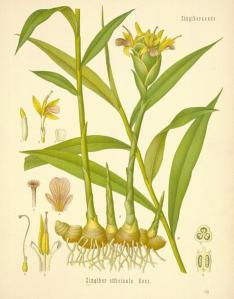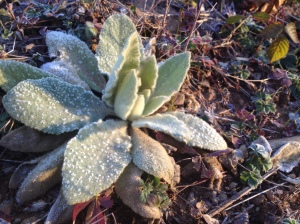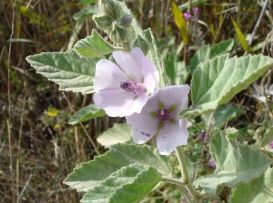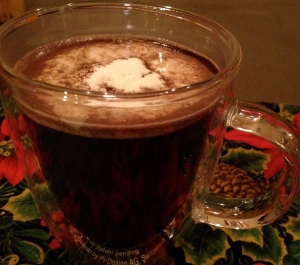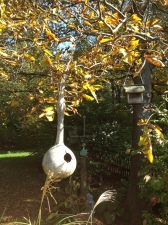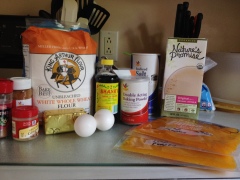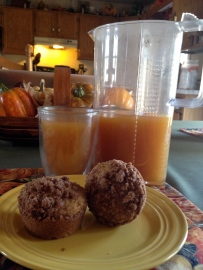For the first time in what feels like an arctic eternity, it rained today. Granted, the temperature barely rose above the 40 degree mark (4° C), and there’s still about a foot of solid snow still obscuring our view from anything remotely green, but it didn’t snow! After a good month of snowstorms followed by bouts of freezing rain, followed by unforecasted and unprecedented winter weather, finally witnessing rain felt like cause enough to celebrate! And, after doing a little digging, it would seem that this late-February, rain-based excitement has a rather long history on this continent. In fact, according to archaic Aztec documents, the original inhabitants of the Mexican peninsula some 700 – 800 years ago, performed their first rain celebration in late February as a way of commemorating (and, at times, imploring) the arrival of Springtime rains. So, in honor of this century-spanning emotional connection between 21st Century central Pennsylvania and 13th – 14th century Aztec Mexico, I thought it only right to celebrate as the Aztecs would have: with a sacred, medicinal mug of xocolatl, or drinking chocolate.
The precursor to our modern notion of hot chocolate, xocolatl (translating, quite appetizingly to “bitter water”), was a beverage made of chocolate, water, and native flora (crushed nuts, flowers, and peppers would be added to the xocolatl mixture) that was made especially for cultural and religious celebrations. But, unlike our modern chocolatey drinks, xocolatl is actually meant to be taken cold; which, coupled with chocolate’s natural levels of caffeine, made xocolatl a sort of Aztec energy drink helped the average Aztec reveler awake and active during important cultural ceremonies. Not just a source of energy, xocolatl’s infusion of chocolate and hot pepper (particularly the capsicum compound found in hot peppers) makes this ancient beverage a powerful digestive aid. So, whether you’re tired and feeling a bit under the weather, or you’re in the mood to celebrating getting over the weather, let’s dig into a batch of “hot” xocolatl!
A last word before we fully dig in: this recipe in its unaltered form does tend to live up to its “bitter” namesake, as it includes no sugar, and very little flavoring besides cocoa and capsicum; so, don’t feel bad adding a touch of milk, cream, or sugar to your xocolatl to give a more modern sensibility!
Xocolatl Recipe
Ingredients
- 5 1/2 cups water (divided into 1 1/2 cups and 4 cups)
- 1 mild chile pepper, chopped (feel free to leave the seeds in for some extra heat)
- 1/4 cup unsweetened cocoa powder
- 2 teaspoons vanilla extract
Directions
- In a small saucepan, bring the 1 1/2 cups of water to a boil over medium high heat. Place the chopped chile into the water and let boil for 5 – 7 minutes. If your oven has a fan or vent, I’d recommend having it on during this step – the capsicum in the pepper can clear your sinuses quite effectively if left unchecked.
- Filter the pepper and seeds out of the water using a wire strainer. Return the pepper-infused water to the pan and pour in the remaining four cups of water. Return the mixture to a boil.
- When the water is boiling, stir in the cocoa powder and vanilla extract, reduce the heat to medium low, and let simmer for 5 – 10 minutes, or until the cocoa powder has completely dissolved.
- Remove from heat and let cool for an authentic Aztec experience, or serve hot for a more modern mug of xocolatl!
- Enjoy a celebratory mug of good health and climate!
As always, thanks for stopping by! I hope to see you next time for another recipe unearthed from humanity’s collective kitchen!
Keep digging!
~Nate



